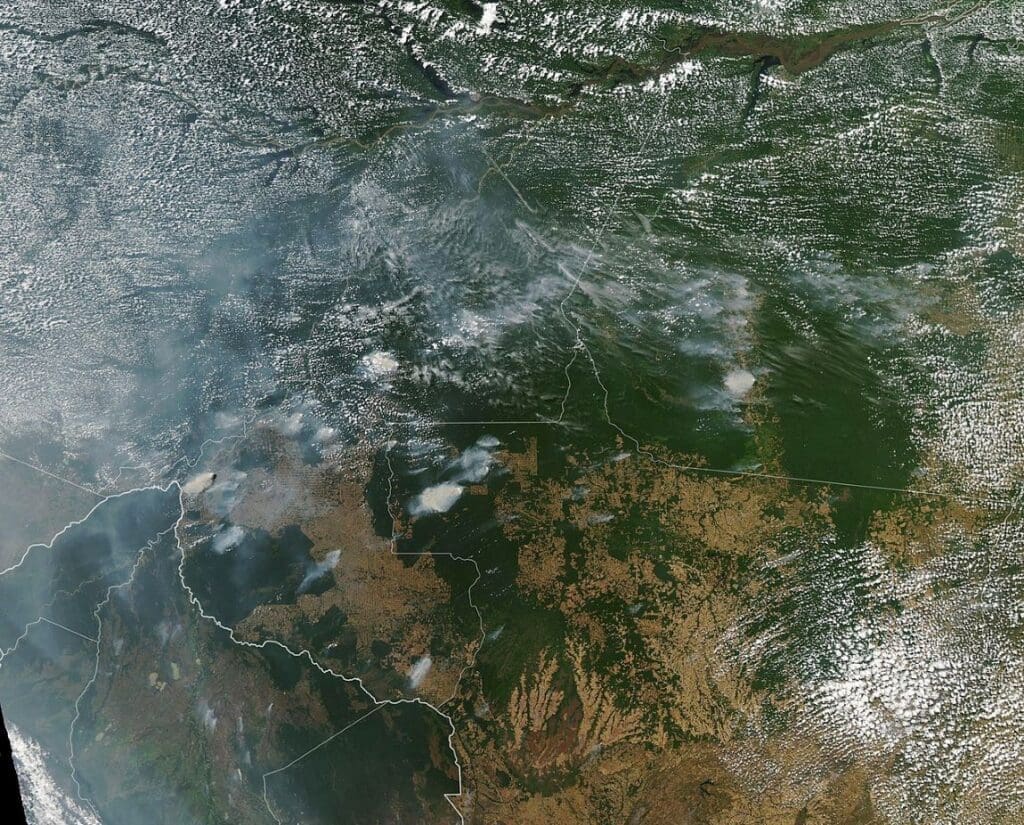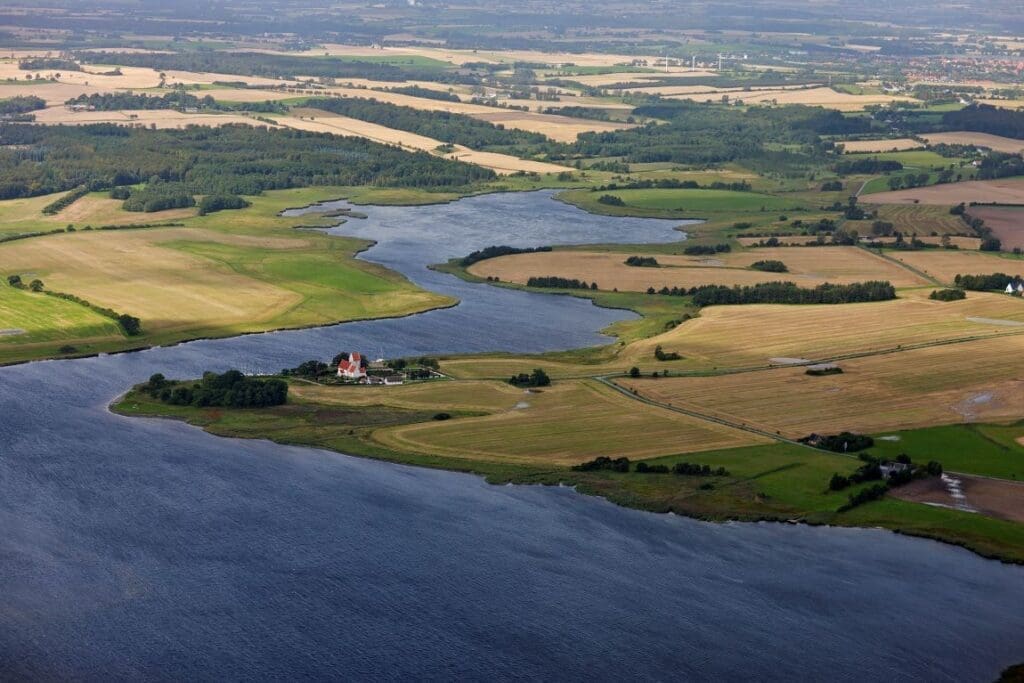By Abdullah Hasrat, with Mohsen Karimi in Herat | AFP
Kabul, Afghanistan (UPDATED) – Flash flooding has killed at least 50 people in western Afghanistan, provincial police said Saturday, with some residents reaching safety on higher ground mere minutes before the water hit.
The floods on Friday also destroyed about 2,000 houses, and damaged thousands more homes and businesses, Ghor police spokesman Abdul Rahman Badri said in a statement.
The fresh flooding in the country — which has experienced above-average rainfall this spring — comes after flash floods on May 10 in northern Baghlan province washed away hundreds. Survivors there were still searching for missing relatives days after the disaster.
“Fifty residents of Ghor province were killed by the floods on Friday and a number of others are missing,” Badri said.
“These terrible floods have also killed thousands of cattle… They have destroyed hundreds of hectares of agricultural land, hundreds of bridges and culverts, and destroyed thousands of trees.”
A resident of Firozkoh district in Ghor told AFP he and his family raced to higher ground when they were alerted by the sound of aerial firing and urgent warnings over mosque loudspeakers of oncoming flash floods.
“Within five minutes of our escape, a huge and horrible flash flood came and washed away everything. I watched the flood destroy my house with my own eyes,” Zahir Zahid told AFP over the phone.
“Women and children, everyone was crying,” he said.
“In our area, around a hundred houses have been washed away by the flood, nothing is left, the flood has taken everything away.”
Ghor resident Sherzai also lost everything in the deluge.
Some flooding is common in the area in springtime, but he was shocked by the force of this one.
“We thought that it would be like the ones in the past, we thought that if a flood came, it wouldn’t be major, but it was very strong,” he said.
“It took away everything in our house, nothing is left.”
Obaidullah Muradian, the head of the province’s disaster management department, said it was an “emergency situation”.
The floods hit several districts in the province, including the capital Chaghcharan, where the streets “are full of mud”, he said, adding that victims needed shelter, food and water.
“The situation is really concerning.”
‘Exceptionally vulnerable’
The UN’s World Food Programme (WFP) and Taliban officials said more than 300 people died as a result of the flood disaster earlier this month, which left homes and roads coated in thick mud.
The destruction of roads and bridges hampered rescue efforts, with United Nations agencies and Taliban authorities warning the death tolls would rise.
Afghanistan, which is “exceptionally vulnerable to flooding”, has seen above-average rainfall this spring, Mohammad Assem Mayar, a water resource management expert, said in a recent Afghanistan Analysts Network report.
From mid-April to early May, flash flooding and other floods had left about 100 people dead in 10 of Afghanistan’s provinces, authorities said.
Farmland has been swamped in a country where 80 percent of the more than 40 million people depend on agriculture to survive.
The rains come after a prolonged drought in Afghanistan, which is one of the least prepared nations to tackle climate change impacts, according to experts.
The country, ravaged by four decades of war, is also one of the world’s poorest.
The WFP warned that the recent floods have compounded an already dire humanitarian situation.
The UN special rapporteur for human rights in Afghanistan, Richard Bennett, said on social media platform X that support beyond emergency response was needed to get survivors back on their feet.
“I urge donors to provide more funds for humanitarian support but also much needed #ClimateAction to leave no one behind in Afghanistan,” he said.
str-sw/ecl/tym
© Agence France-Presse
Featured image credit: Allexxandar | Freepik.com




